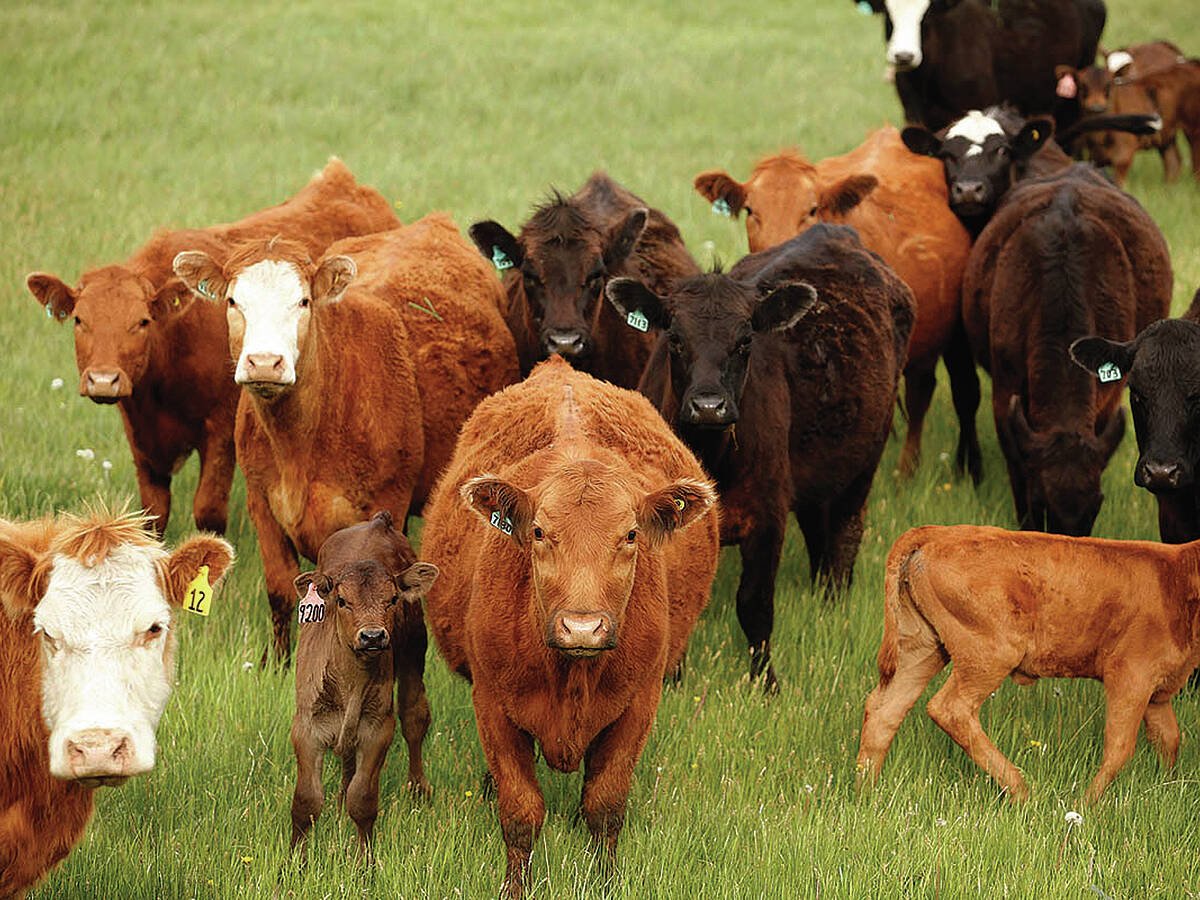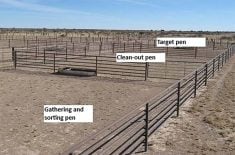Canada has had BSE negligible risk status for some time now, but samples are still needed to maintain this status.
The sampling program is now administered by the Canadian Food Inspection Agency instead of the provinces, making it the same across the country from coast to coast.
Veterinarians are paid mileage and a consulting fee for collecting the sample and sending it off.
Read Also

Pork sector targets sustainability
Manitoba Pork has a new guiding document, entitled Building a Sustainable Future, outlining its sustainability goals for the years to come.
Even though a complete postmortem isn’t required, I feel we veterinarians should make it part of the process.
Knowing the cause of death benefits herd health, and it never hurts to have your veterinarian visit the farm so they can offer consultations and perform other procedures. It’s a win-win situation.
A veterinarian in Alberta told me that giving younger veterinarians an opportunity to perform autopsies on cattle older than 30 months improves their skill level and understanding of pathology and increases their ability to help the entire herd with valuable preventive medicine strategies.
The new system hasn’t changed procedures much in Alberta but has had a big impact in other provinces, particularly British Columbia and Saskatchewan.
Local veterinarians weren’t really involved in the process in B.C. and no compensation was provided, so very few samples were taken.
Mileage wasn’t paid in Saskatchewan, so veterinarians tried to do the samples when they were in the area, but that was hit and miss.
To qualify, cattle must have at least one of the neurological signs and either be alive or were alive when the veterinarian treated the animal or the producer noticed the clinical signs.
The signs may be pretty broad, such as low carriage of the head and neck and excessive teeth grinding. Other more obvious neurological symptoms, such as stumbling, walking in circles, tremors and excessive salivation, are also on the list.
If the animals are down or dead, at least one of the clinical signs must have been observed before they went down or died.
For this reason, a sudden death does not qualify for a BSE test, but that might be the one you pay your veterinarian to do to determine if it was a one off or something that can be prevented.
Cases where multiple animals are affected at once don’t qualify, which makes sense because BSE would never hit that way.
Your veterinarian needs to see if the animals qualify, and I would urge producers to encourage their veterinarians to review the website, even if they have previously done lots of BSE tests.
A search for “national BSE surveillance program” will find a manual that explains what qualifies and the form that the veterinarian needs to fill out to get an ID number for the sample.
There is a form for billing and a list of rates that the veterinarians are paid.
Rates for compensation and mileage vary by province, but they are fair. I sometimes wonder why the government always overcomplicates it, but they must have their reasons.
Veterinarians in Alberta were used to getting their BSE kits, but now supplies such as brain scoops and collecting jars are available from the Western Drug Distribution Center.
A right shaped autopsy knife works well for removing the brainstem, and then it is simply disinfected.
The samples are now submitted to only three labs: Lethbridge for Alberta, Saskatchewan and Manitoba, Abottsford for British Columbia and Ottawa for the eastern provinces.
There are other possibilities for BSE collection, such as if deadstock transporters are picking up a candidate. This is where the producer could be paid the deadstock removal fee.
These situations are more likely to happen in the east, but it’s good information for everyone to know.
Protocols for which animals qualify and the collection and submitting of the properly refrigerated or frozen sample are also discussed.
Producers or veterinarians can send their questions to CanSurvBSE@inspection.gc.ca.
I wrote this article as an opportunity for producers to help us maintain the BSE quota to maintain status, which is very important.
It’s also a way to illustrate how veterinarians in some provinces can become much more involved than they were previously and be compensated for it to help provide a more comprehensive health program to their clients.
I have always thought that there is an opportunity for other disease surveillance efforts to piggyback with the BSE program. Veterinarians are already on your farms, and other information could also be collected to help the Canadian cattle industry, such as genomic and nutritional data.
If your current veterinary service providers aren’t participating in the BSE, please ask them about it.
Since 2003 when it was first implemented, the program has provided a co-operative working relationship between large or mixed animal veterinarians and their provincial and federal counterparts to achieve a common goal in eliminating a zoonotic reportable disease. There is no reason why similar models in a one health environment couldn’t work.
Please share this information with fellow producers, your herd veterinarian and other professionals in agriculture. I am hoping breed associations, agricultural groups, veterinary clinic newsletters and social media take up on this important service message for the Canadian cattle producers.















